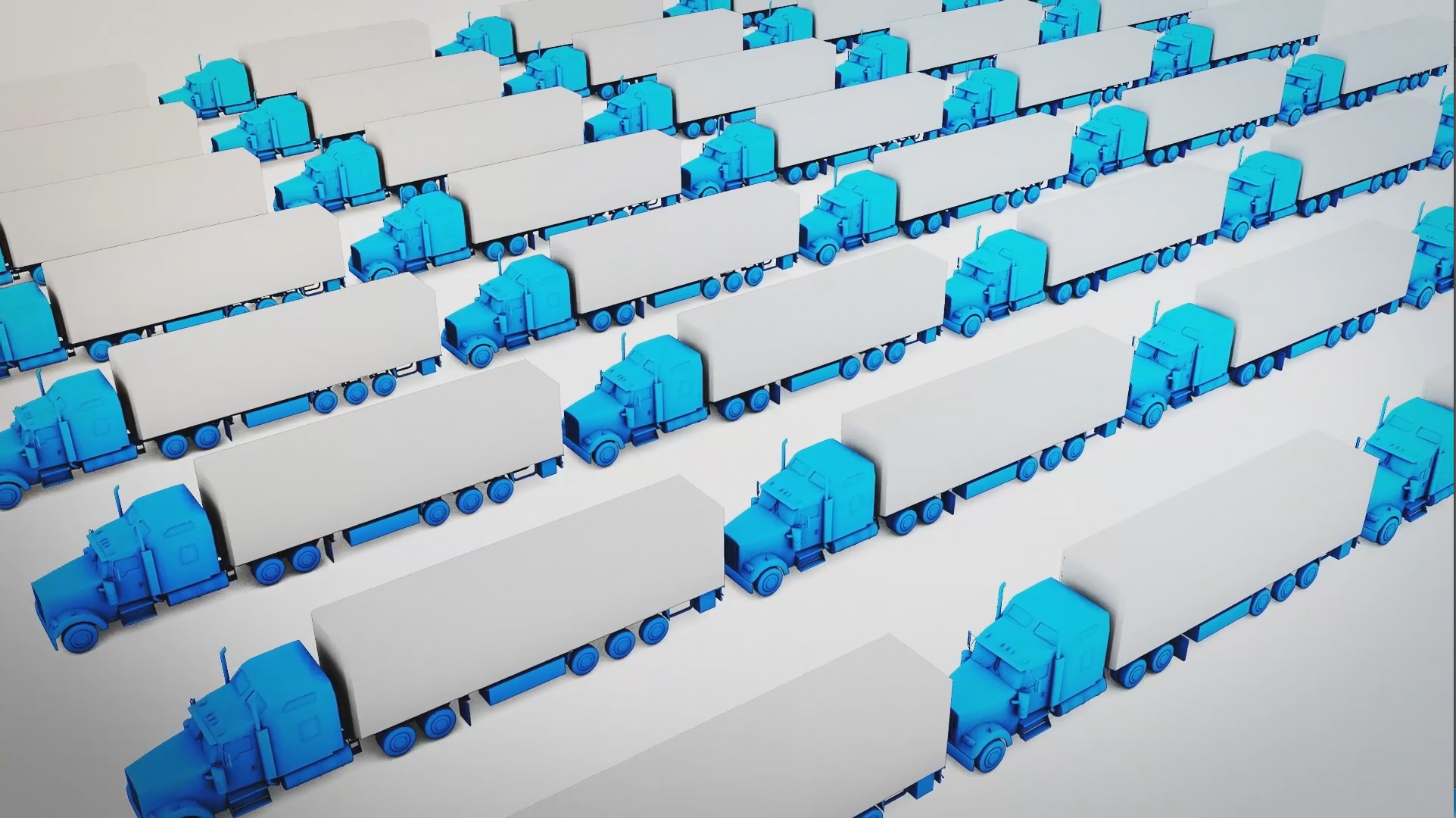From tax reform to new truck technology to improved analytics, the industry is experiencing big changes and what will hopefully be a great year for business.
I am always reluctant to make predictions. I don’t have a crystal ball and things can change at any time based on incidents that no one can foresee. However, if things remain as they are today, 2018 will mean better business, not just for those of us in the full service truck leasing industry, but for our customers as well.
The Tax Cut and Jobs Act – One of the biggest reasons for optimism is the recently passed tax legislation which will have an enormous impact on how businesses handle their working capital. A reduction in taxes means businesses will have additional capital that they can re-invest in their business. That re-investment will predominantly be in their core business, not necessarily in ancillary, yet necessary, areas. One of these areas is transportation.
Lease vs. Own – There is no minimizing the importance of businesses being able to get their product to market. However, with the cost of commercial trucks increasing, and new technology making older models somewhat “obsolete,” companies need to assess whether purchasing trucks for their fleet is the best use of capital. More and more companies are turning to full service leasing providers for a number of reasons, cost of assets being just one of them. The advantage of full service leasing also relieves businesses from having to hire an internal maintenance team, spend considerable dollars on parts and components, and ensure the existence of a facility where maintenance takes place.
In addition, since trucks are constantly “evolving,” leasing means businesses can affordably keep up with the changes since once a lease terminates, a newer model with current technology can take its place. And that leads to an additional advantage; fleet owners no longer would need to worry about residual exposure. Owned older vehicles need to be remarketed and the used truck market has not been in positive territory for a while.
Technology – As an industry, we’ve always been concerned with safety and efficiency…safety being top of mind. Today’s truck technology addresses both issues. Collision mitigation systems, lane departure warnings, and driver drowsiness warnings all add to safety. New technologies also are helping to optimize fuel usage and asset utilization, keeping trucks on the road for a longer and safer period of time (ELDs notwithstanding). Advances in telematics have given fleet owners invaluable data that leads to predictive analytics that will enable them to identify any issues as they are occurring and will allow them to schedule shops (if maintenance is internal) or outside maintenance and repair before an issue becomes a problem.
However, not everything is rosy.
All of this doesn’t mean there aren’t concerns. There are still issues to contend with…most notably, the driver shortage. Turnover is an enormous problem and the aging out of the current trucker workforce along with the seeming inability to attract millennials to the career is something that needs to be addressed since autonomous trucks are still likely far in the future.
But it’s not just drivers we need to concern ourselves with. There is an alarming shortage of workers trained for today’s needs. A recent Transport Topics article cited research by the Motor & Equipment Manufacturers Association. This organization is concerned about that companies may not be able to take on more production because of skilled labor shortages. In a survey, 72% of responding MEMA member companies reported a skilled labor shortage. More than 45% of skilled and professional staff are eligible for retirement in the next five years and 79% of companies reported not pursuing business due to lack of talent on staff. Not pursuing business means less product shipped which could mean less business for those of us in full service leasing.
Another concern is inflation. A drop in unemployment, a rise in revenues and stability in the economy and growth in GDP are all positive indications of a buoyant economy. However, that is also a likely point for the Fed to keep increasing interest rates. Whether that will stem growth or, with so many positive things, have no effect at all, we will just have to wait and see.
Whatever the case, it’s going to be an interesting and exciting year.
See how NationaLease can help you optimize your fleet needs.





